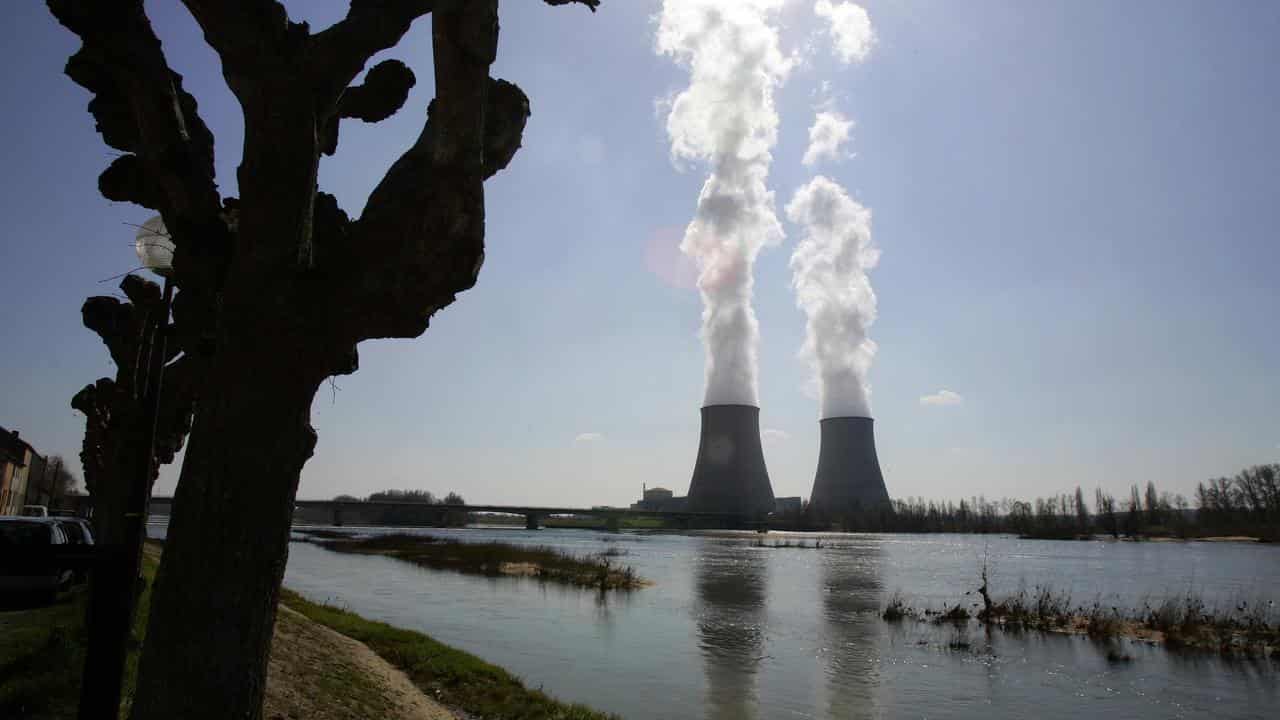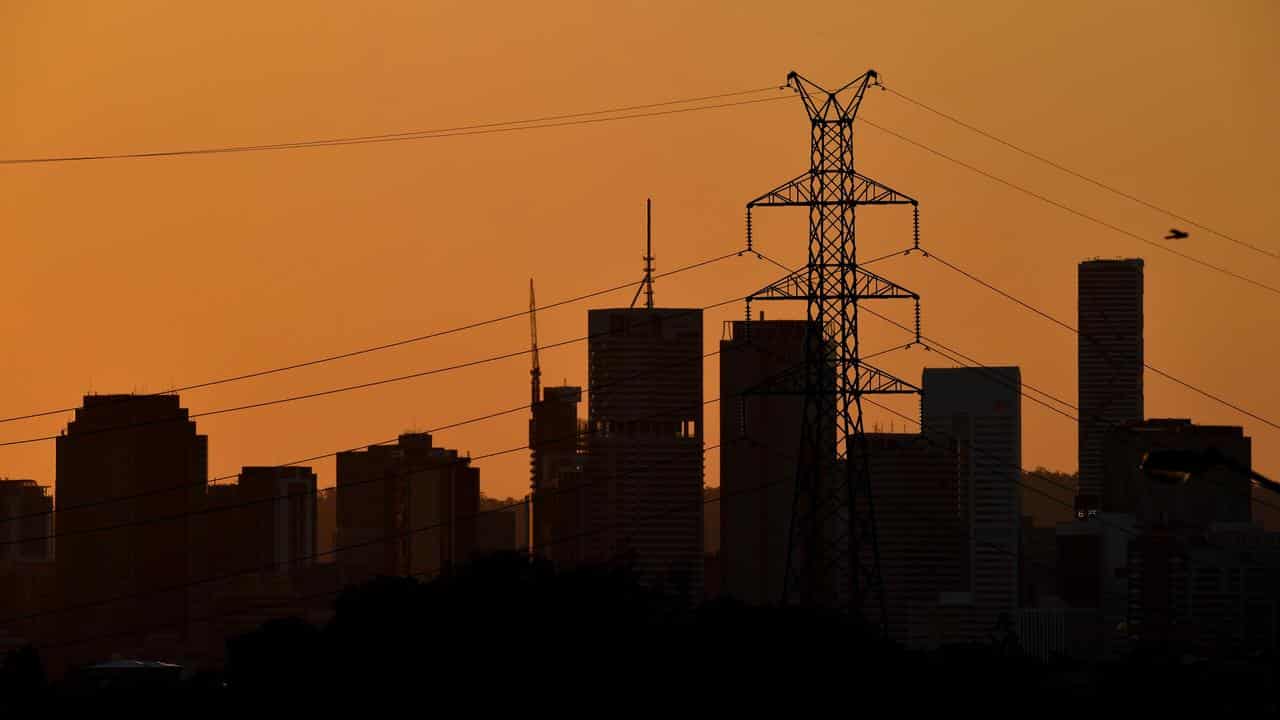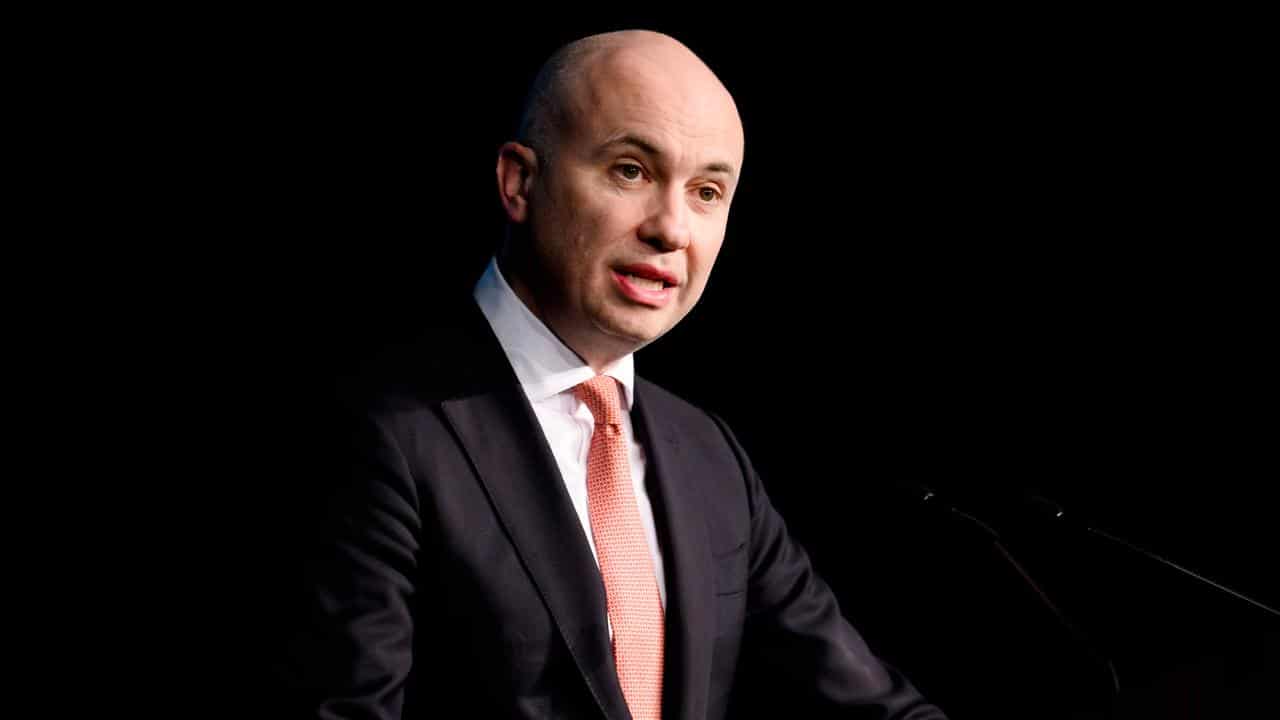
What was claimed
Finland and France have cheaper electricity than Australia.
Our verdict
Mostly false. French electricity prices are more expensive, while Finland’s are cheaper.
AAP FACTCHECK - Former deputy prime minister Barnaby Joyce claims Australia has higher electricity prices than both Finland and France.
The National Party MP was responding to a suggestion that Russia’s invasion of Ukraine in 2022 had driven up power prices globally.
As well as specifically naming Finland and France, Mr Joyce posited that “these other countries except Germany…in the middle of this catastrophe” have cheaper power than Australia.
The claim is mostly false. Experts told AAP FactCheck that while comparisons between countries are problematic, available data suggests France, along with several other European countries, have higher power bills than Australia.
Mr Joyce made the claim during a debate with Climate Change Authority Chairman, and former NSW treasurer, Matt Kean at the Daily Telegraph Bush Summit on August 29.

After Mr Kean suggested power prices had been driven up by the war in Ukraine, Mr Joyce said: “If what he says is correct: it's about the war in Ukraine, it's about gas and the Nord Pipe Stream and all that, well why is Finland's power cheaper than us? Why is France's power cheaper than us?
“Why are these other countries, except Germany which has completely botched it, why is their power cheaper than us? They live in the middle of this catastrophe.”
When asked to provide evidence for the claim, Mr Joyce’s office sent AAP FactCheck an article from the Australian Energy Council comparing household electricity prices internationally.
The analysis is from February 3, 2022, which predates the beginning of Russia’s invasion of Ukraine by three weeks.
Regardless, it shows France’s household electricity prices to be higher than Australia’s, while Finland’s are lower.
AAP FactCheck put Mr Joyce’s claim to several experts including Professor Iain Macgill, joint director of the UNSW Collaboration on Energy and Environmental Markets, Dani Alexander, chief executive of the UNSW Energy Institute, and energy finance analyst Bruce Robertson.
They said comparisons between countries are complex and problematic due to differences in taxes, subsidies and transmission charges.
Dr Ben Elliston, an energy expert from ANU’s Crawford School of Public Policy, agreed any comparison was problematic.
But, he said it was best to compare regulated tariffs across 12 months which include all transmission and network charges, and any associated taxes.

For the Australian figure, Dr Elliston used the NSW “default market offer”.
This is set every year by the Australian Energy Regulator, and is the maximum amount it recommends energy providers charge consumers over 12 months.
The current default market offer sets a reference cost of $1,810 for 3,900 kWh over 12 months, on the Ausgrid network which covers Sydney, Newcastle and surrounds.
For the comparable French annual charge, Dr Elliston used the state-regulated Tarif Bleu electricity contract.
For 15 kVA supply, which he said is the equivalent to most Australian homes, the monthly flat fee is 22.07 euros, plus 25.16 euro cents per kWh (c/kWh).
Calculated to 3,900 kWh and converted to Australian dollars, this works out as 1,245 euros, or about A$2,064 at current exchange rates, which is $254 more expensive than in Sydney.
Dr Elliston said Finland doesn’t regulate electricity usage prices, and that distribution and usage charges are billed separately.
To draw a comparison, he used a basic plan from one of the country’s main retailers.
This includes a 5.99 euro monthly fee, a 13.55c/kWh electricity rate, a monthly distribution charge of 5.57 euros plus 4.12c/kWh and an electricity tax at 2.83c/kWh.

Across a year using 3,900 kWh and converted into Australian dollars, the Finnish bill comes to A$1,555, which is $255 cheaper than Australia.
Dr Elliston said Finland has particularly low distribution charges at 4.12 euro c/kWh, compared to Australia’s at around 7 euro c/kWh.
“If these are adjusted to match the distribution network charges applied by Ausgrid in Australia, the annual costs between Finland and NSW become broadly similar,” he said.
Dr Graham Palmer, an energy researcher at Monash University's engineering faculty, also provided a comparison for AAP FactCheck and also used France’s Tarif Bleu.
Looking solely at the c/kWh usage rate, he said France’s 25.16 euro c/kWh, which converts to just over 41 Australian c/kWh, is more expensive than similar tariffs in Australia.
Using a price comparison tool, Dr Palmer said he found multiple companies in Australia offering rates around 30.5 Australian c/kWh, plus a daily supply charge of around $1.30 for a Victorian postcode.
Tony Wood, Director of the Energy Program at Grattan Institute, pointed AAP FactCheck to an international comparison of household electricity prices for December 2023 on the Statista website, which features data sourced from a separate energy price data website.
Countries are ranked by US dollar per kWh and the total takes into account all distribution costs as well as any environmental charges and associated taxes.
Consistent with Dr Elliston’s findings, France's rate of US$0.285 per kWh is more expensive than Australia's at US$0.266, whereas Finland's price of US$0.201 is cheaper.
The website also provides context to Mr Joyce’s claim “other countries, except Germany…in the middle of this catastrophe” are cheaper.
The data supports his suggestion that Germany is more expensive.
However, there are several other major European nations with higher rates than Australia, including Italy, the UK, Denmark, Switzerland and Austria.
Experts noted commercial or business prices can be different again with various subsidies and incentives often distorting rates.
Prof Macgill also said comparisons can be made using electricity wholesale prices, which is the price at which energy providers buy electricity from generators.
International Energy Agency analysis (p65) shows Australia’s wholesale price has been considerably cheaper than France’s since mid-2021. The agency also expects Australia’s to continue to be cheaper into 2025.
The analysis shows Nordic countries’ wholesale electricity prices are much closer to Australia’s.
The Verdict
Mostly False – The claim is mostly inaccurate but includes minor elements of truth.
AAP FactCheck is an accredited member of the International Fact-Checking Network. To keep up with our latest fact checks, follow us on Facebook, Twitter and Instagram.









